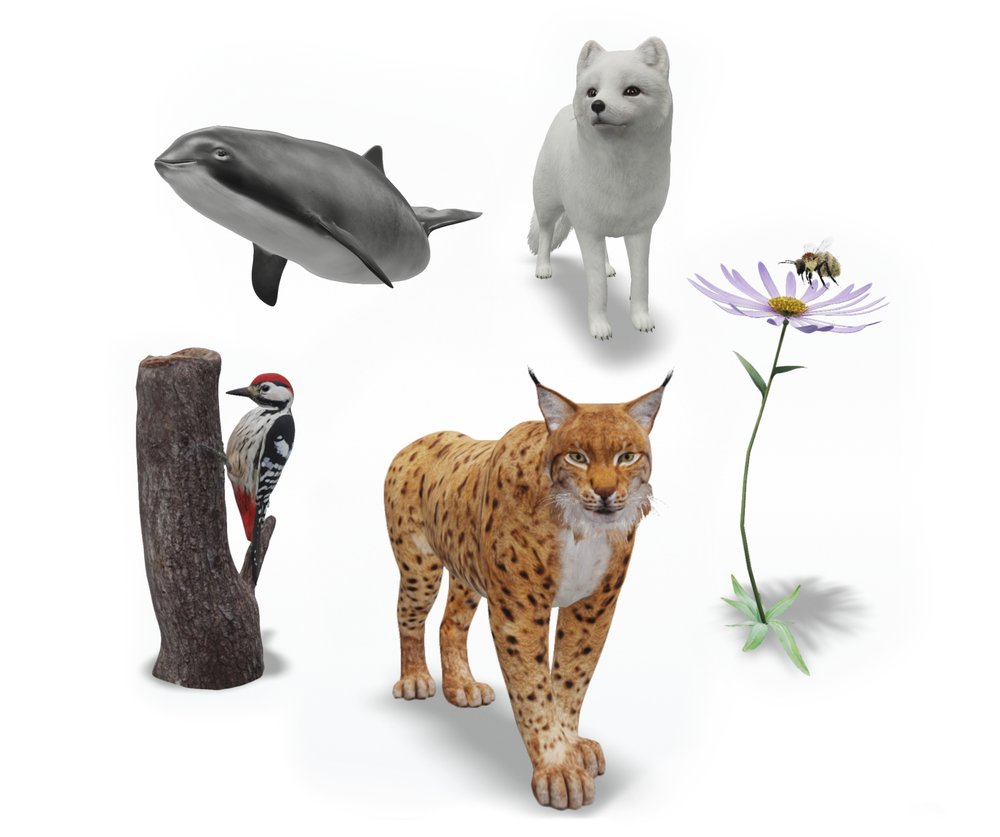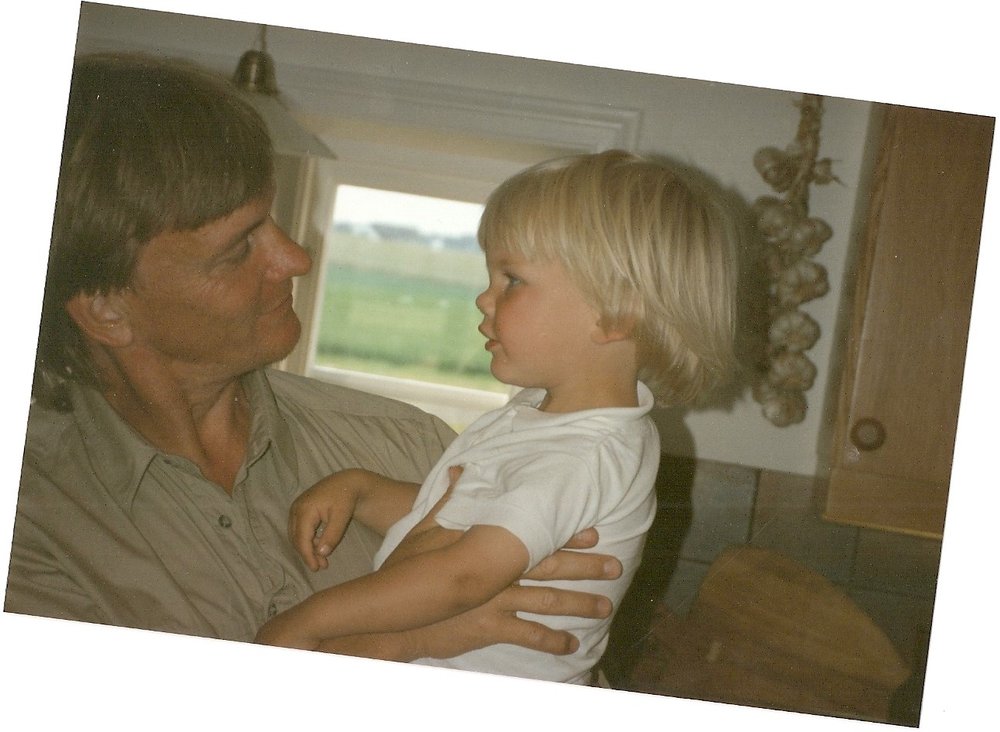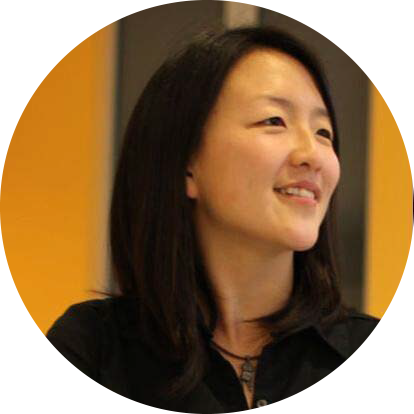During their early studies and careers, Tiffany Deng, Tulsee Doshi and Timnit Gebru found themselves asking the same questions: Why is it that some products and services work better for some than others, and why isn’t everyone represented around the table when a decision is being made? Their collective passion to create a digital world that works for everyone is what brought the three women to Google, where they lead efforts to make machine learning systems fair and inclusive.
I sat down with Tiffany, Tulsee and Timnit to discuss why working on machine learning fairness is so important, and how they came to work in this field.
How would you explain your job to someone who isn't in tech?
Tiffany: I’d say my job is to make sure we’re not reinforcing any of the entrenched and embedded biases humans might have into products people use, and that every time you pick up a product—a Google product—you as an individual can have a good experience when using it.
Timnit: I help machines understand imagery and text. Just like a human, if a machine tries to learn a pattern or understand something, and it is trained on input that’s been provided for it to do just that, the input, or data in this case, has societal bias. This could lead to a biased outcome or prediction made by the machine. And my work is to figure out different ways of mitigating this bias.
Tulsee: My work includes making sure everyone has positive experiences with our products, and that people don’t feel excluded or stereotyped, especially based on their identities. The products should work for you as an individual, and provide the best experience possible.
What made you want to work in this field?
Tulsee:When I started college, I was unsure of what I wanted to study. I came in with an interest in math, and quickly found myself taking a variety of classes in computer science, among other topics. But no matter which interesting courses I took, I often felt a disconnect between what I was studying and the people the work would help. I kept coming back to wanting to focus on people, and after taking classes like child psychology and philosophy of AI, I decided I wanted to take on a role where I could combine my skill sets with a people-centered approach. I think everyone has an experience of services and technology not working for them, and solving for that is a passion behind much of what I do.
Tiffany:After graduating from West Point I joined the army as an intelligence officer before becoming a consultant and working for the State Department and the Department of Defense. I then joined Facebook as a privacy manager for a period of time, and that’s when I started working on more ML fairness-related matters. When people ask me how I ended up where I am, I’d say that there’s never a straight path to finding your passion, and all the experiences that I’ve had outside of tech are ones I bring into the work I’m doing today.
An important “aha moment” for me was about a year and a half ago, when my son had a rash all over his body and we went to the doctor to get help. They told us they weren’t able to diagnose him because his skin wasn’t red, and of course, his skin won’t turn red as he has deep brown skin. Someone telling me they can’t diagnose my son because of his skin—that’s troubling as a parent. I wanted to understand the root cause of the issue—why is this not working for me and my family, the way it does for others? Fast forwarding, when thinking about how AI will someday be ubiquitous and an important component in assisting human decision-making, I wanted to get involved and help ensure that we’re building technology that works equally as well for everyone.
Timnit: I grew up with a father and two sisters working in electrical engineering, so I followed their path and decided to also pursue studies in the field. After spending some time at Apple working as a circuit designer and starting my own company, I went back to studying image processing and completed a Ph.D. in computer vision. Towards the end of my Ph.D., I read a ProPublica article discussing racial bias in predicting crime recidivism rates. At the same time, I started thinking more about how there were very few, if any, Black people in grad school and that whenever I went to conferences, Black people weren’t represented in the decisions driving this field of work. That’s how I came to found a nonprofit organization called Black in AI, along with Rediet Abebe, to increase the visibility of Black people working in the field. After graduating with my Ph.D. I did a postdoc at Microsoft research and soon after that, I took a role at Google as the co-lead of the ethical AI research team which was founded by Meg Mitchell.
What are some of the main challenges in this work, and why is it so important?
Tulsee:The challenge question is interesting, and a hard one. First of all, there is the theoretical and sociological question on the notion of fairness—how does one define what is fair? Addressing fairness concerns requires multiple perspectives, and product development approaches ranging from technical to design. Because of this, even for use cases where we have a lot of experience, there are still many challenges for product teams to understand the different approaches for measuring and tackling fairness concerns. This is one of the reasons why I believe tooling and resources are so critical, and why we’re investing in them for both internal and external purposes.
Another important aspect is company culture and how companies define their values and motivate their employees. We are starting to see a growing, industry-wide shift in terms of what success looks like. If organizations and product creators get rewarded for thinking about a broader set of people when developing products, the more companies start fostering a diverse workforce, consult external experts and think about whose voices are being represented at the table. We need to remember we’re talking about real people's experiences, and while working on these issues can sometimes be emotionally difficult, it’s so important to get right.
Timnit:A general challenge is that people who are the most negatively affected are often the ones whose voices are not heard. Representation is an important issue, and while there’s a lot of opportunities with ML technology in society, it’s important to have a diverse set of people and perspectives involved when working on the development so you don’t end up enhancing a gap between different groups.
This is not an issue that is specific to ML. As an example, let’s think of DNA sequencing. The African continent has the most diverse DNA in the world, but I read that it consists of less than 1 percent of the DNA studied in DNA sequencing, so there are examples of researchers who have come to the wrong conclusions based on data that was not representative. Now imagine someone is looking to develop the next generation of drugs, and the result could be that they don’t work for certain groups because their DNA hasn’t been rightly represented.
Do you think ML has the potential to help complement human decision making, and drive the world to become more fair?
Timnit:It’s important to recognize the complexity of the human mind, and that humans should not be replaced when it comes to decision making. I don’t think ML can make the world more fair: Only humans can do that. And humans choose how to use this technology. In terms of opportunities, there are many ways in which we have already used ML systems to uncover societal bias, and this is something I work on as well. For example, studies by Jennifer Eberhardt and her collaborators at Stanford University including Vinodkumar Prabhakaran, who has since joined our team, used natural language processing to analyze body camera recordings of police stops in Oakland. They found a pattern of police speaking less respectfully to Black people than white people. A lot of times when you show these issues backed up by data and scientific analysis, it can help make a case. At the same time, the history of scientific racism also shows that data can be used to propagate the most harmful societal biases of the day. Blindly trusting data driven studies or decisions can be dangerous. It’s important to understand the context under which these studies are conducted and to work with affected communities and other domain experts to formulate the questions that need to be addressed.
Tiffany:I think ML will be incredibly important to help with things like climate change, sustainability and helping save endangered animals. Timinit’s work on using AI to help identify diseased cassava plants is an incredible use of AI, especially in the developing world. The range of problems AI can aid humans with is endless—we just have to ensure we continue to build technological solutions with ethics and inclusion at the forefront of our conversations.


